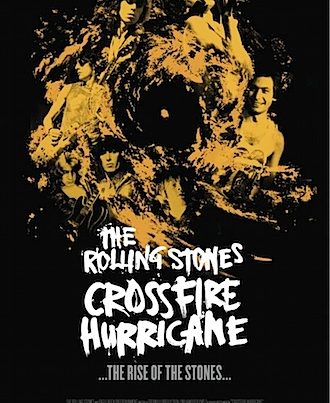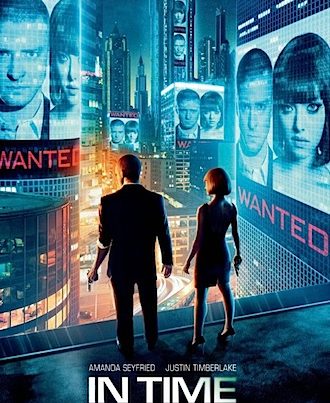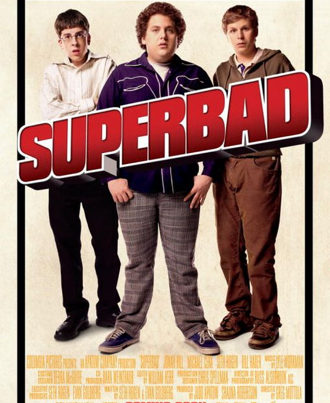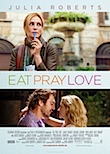 Eat Pray Love is what they used to call, in the old days, a “women’s picture” and the advertisers who have paid good money to annoy audiences before the film make sure you know it: feminine hygiene products. A chromosomal anomaly on my part means that I’m not in the target market for this film (or the bestselling book that inspired it) but I’ll give it a go. Manfully.
Eat Pray Love is what they used to call, in the old days, a “women’s picture” and the advertisers who have paid good money to annoy audiences before the film make sure you know it: feminine hygiene products. A chromosomal anomaly on my part means that I’m not in the target market for this film (or the bestselling book that inspired it) but I’ll give it a go. Manfully.
Julia Roberts plays Liz, a phenomenally bad playwright and (supposedly) successful author who has a crisis and ends her (supposedly) unsatisfactory marriage to bewildered and hurt Billy Crudup. Never having lived without a man in her life she goes straight into a relationship with handsome and spiritual young actor James Franco.
Still unhappy, and a source of enormous frustration to her ethnically diverse best friend Viola Davis (Doubt), she uses her share of the Crudup divorce to take a year off and find herself – Italy for the food, India for the guru and Bali for Javier Bardem.
This is a film about shallow people trying to be slightly less shallow. The well-off are entitled to their crises as well as the rest of us but after two and a half hours Roberts’ character has failed (it seems to me) to learn anything. She’s still listening to other people tell her how to live and she’s still (literally) running after a man that will complete her.
Written and directed by Ryan Murphy, creator of the tv shows “Glee” and “Nip/Tuck”, perhaps Eat Pray Love is the the Green Party alternative to ACT’s Sex and the City – a gay man’s fantasy about what women really want. Is that helpful?
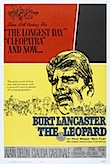 Sunday was a marathon day at the movies for your doughty (I first typed that as doughy which would serve equally well) correspondent. After sharing Julia Roberts’ vapid brain for a Titanic length of time I stayed in my Embassy seat for Luchino Visconti’s 1963 epic, The Leopard and the three hours and ten minutes flew by.
Sunday was a marathon day at the movies for your doughty (I first typed that as doughy which would serve equally well) correspondent. After sharing Julia Roberts’ vapid brain for a Titanic length of time I stayed in my Embassy seat for Luchino Visconti’s 1963 epic, The Leopard and the three hours and ten minutes flew by.
While there’s no denying the masterpiece-ness of the film, the giant Embassy screen couldn’t help revealing (in one scene) an extra playing a corpse slyly opening his eyes, checking something off camera, then closing them again. You’d never have seen that on the Steenbeck. These Sunday afternoon classic screenings at the Embassy are a most welcome addition to the film buffs’ calendar. Keep an eye on the schedule.
 Then it was around the harbour to the Lighthouse in Petone for the National Theatre Live production of Phédre starring Helen Mirren (a replay from earlier in the year).
Then it was around the harbour to the Lighthouse in Petone for the National Theatre Live production of Phédre starring Helen Mirren (a replay from earlier in the year).
I’m not sure who is supposed to be reviewing these presentations – me or Lynn. The audience is not sharing a room with the actors so it isn’t theatre; it’s one continuous unedited performance so it isn’t really cinema; and the National Theatre business case means these productions will never be available for home viewing so it isn’t television either. And yet… and yet… you must watch them when you get a chance because they are so good.
I normally steer clear of reviewing anything in these pages that you can’t actually watch and Phédre is now long gone, but I do recommend that you pick up a brochure and check out the rest of the season. Outside of (possibly) a Festival of the Arts you’d never get to see a Complicité production but now you can pop down to the flicks to see the acclaimed A Disappearing Number in a comfy seat for less than the price of a student standing standby ticket in the West End.
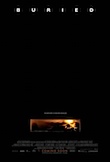 I’m extremely impressed by the intelligent and challenging cinema coming out of Spain at the moment. [REC], Timecrimes and Cell 211 are all examples of fresh thinking and taking inspiration from limitations.
I’m extremely impressed by the intelligent and challenging cinema coming out of Spain at the moment. [REC], Timecrimes and Cell 211 are all examples of fresh thinking and taking inspiration from limitations.
Buried is the latest winner – a superb idea brilliantly executed by director Rodrigo Cortés (from a script by Chris Sparling). Ryan Reynolds is a US truck driver contracted to ship stuff around the Iraqi war zone. After an ambush he is kidnapped and buried alive with only a zippo and a cellphone. He is being held for ransom and has only 90 minutes of air left to persuade the authorities to pay up or he will never be found.
The entire film is shot inside the confines of the coffin and all takes place in real-time – structural formalism for the win! – and the tension is often unbearable as Cortés, Sparling and Reynolds pile on the pressure. Buried is going to be a film school text one day. Don’t miss it.
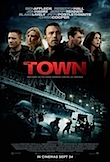 Lantern-jawed movie star Ben Affleck has already proved that he’s a filmmaker of great promise. He (with Matt Damon) started a kind of Boston trilogy with Good Will Hunting in 1997. He directed his first feature ten years later and hit it out of the park with Gone Baby Gone. His latest, The Town, also prowls the inner city Boston mean streets of Charlestown, where the proud Irish American community robs the banks of the rich and polices its own.
Lantern-jawed movie star Ben Affleck has already proved that he’s a filmmaker of great promise. He (with Matt Damon) started a kind of Boston trilogy with Good Will Hunting in 1997. He directed his first feature ten years later and hit it out of the park with Gone Baby Gone. His latest, The Town, also prowls the inner city Boston mean streets of Charlestown, where the proud Irish American community robs the banks of the rich and polices its own.
Affleck is the leader of a crew of bank robbers. When he falls in love with a witness he is supposed to be pressuring not to testify (Rebecca Hall) he decides it’s time to retire but comes into conflict with hothead half brother Jeremy Renner (The Hurt Locker) and G‑man Jon Hamm (who proves he ain’t Don Draper by not shaving).
This time around Affleck the director gives Affleck the writer a little too much liberty (and Affleck the actor a chance to indulge himself). There’s a bit too much speechifying in the first two acts and too much shooting in the third, but The Town is a solid thriller nonetheless.
Printed in Wellington’s Capital Times on Wednesday 20 October, 2010 (Buried and The Town held over for space reasons).

